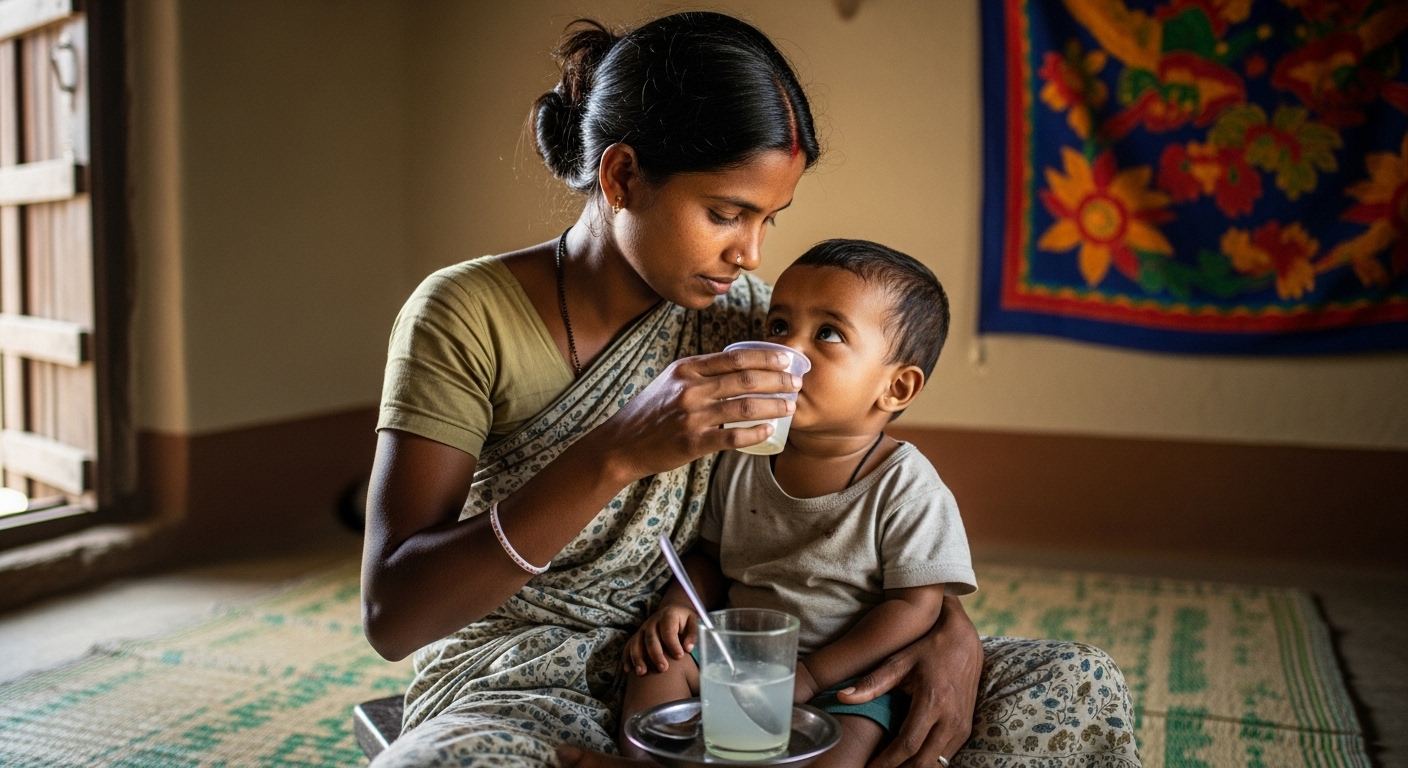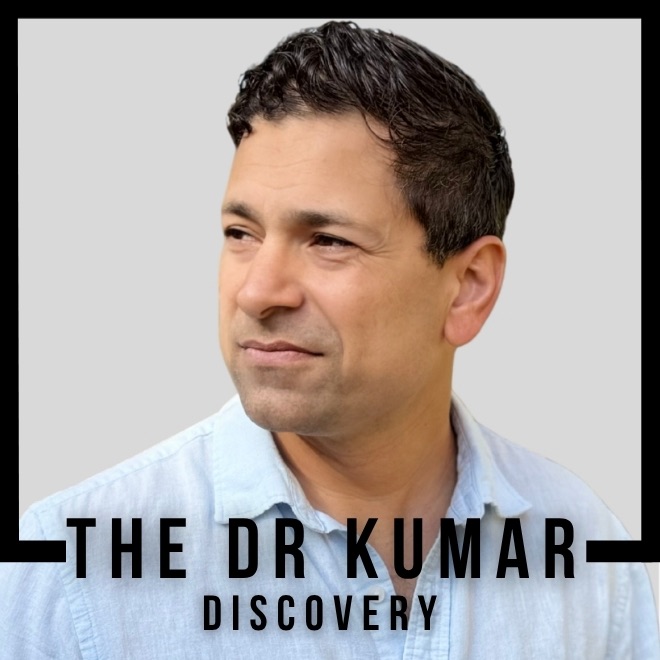Dr. Kumar’s Take:
Oral rehydration therapy (ORT) has saved an estimated 70 million lives since its adoption by WHO in the 1970s. This Lancet perspective revisits its origins, celebrates the science behind it, and reminds us that the simplest solutions often have the most profound impact. Half a century later, ORT remains a cornerstone of global health.
Key Takeaways:
✔ ORT has saved more lives than any single medical therapy in history.
✔ Annual child deaths from diarrhea fell from over 5 million to under 500,000.
✔ The core formula remains nearly unchanged since the 1970s.
✔ Education, access, and continued advocacy keep it relevant today.
Brief Summary:
- Question: How has oral rehydration therapy shaped global health outcomes over 50 years?
- Population: Global, across multiple demographic and geographic contexts.
- Design: Narrative review and policy analysis.
- Focus: Historical evolution, implementation success, and future directions.
- Outcome: Quantification of mortality reduction and identification of persistent gaps.
Study Design:
✔ Type: Perspective review
✔ Measurements: Historical mortality data, ORT coverage, global policy milestones
✔ Analysis: Comparative trend analysis over decades
✔ Setting and timeframe: Global review, 1970s–2018
Results:
- Child mortality from diarrheal disease dropped by nearly 90%.
- Over 1 billion treatment courses delivered globally by UNICEF and WHO.
- ORT remains underutilized in some regions due to limited awareness.
- Reformulated low-osmolarity ORS improved safety and efficacy.
- Combined zinc supplementation further reduced recurrence risk.
How It Works (Biological Rationale):
- Sodium glucose cotransport drives water absorption in the small intestine.
- Balanced electrolytes restore plasma volume and prevent hypovolemia.
- The mechanism is robust even during enterotoxin-mediated diarrhea.
- Education ensures proper mixing and consistent use at the household level.
Related Studies and Research
From Sodium Glucose Cotransport to Oral Rehydration – The physiologic insight that made ORT possible.
Oral Maintenance Therapy for Cholera in Adults (1968 Lancet) – The clinical trial that proved its efficacy.
Oral Fluid Therapy among Bangladesh Refugees (WHO Study) – Field validation under extreme conditions.
Global Burden of Acute Diarrheal Disease – Shows the continuing need for scalable solutions.
Podcast: The Simple Drink That Saved Millions: The Story of Oral Rehydration Solution
Frequently Asked Questions:
Why is ORT still emphasized after fifty years?
Because it continues to save hundreds of thousands of lives annually with minimal cost or infrastructure.
Has the formula changed over time?
Yes, the osmolarity was slightly lowered and zinc was added to reduce recurrence, but the core principle remains identical.
Why isn’t it universal yet?
Awareness, access to clean water, and health education still limit global coverage in some regions.
Conclusion:
Fifty years on, oral rehydration remains medicine’s most elegant and effective solution. A pinch of salt, a spoon of sugar, and clean water—together, they’ve reshaped the trajectory of global child survival.


